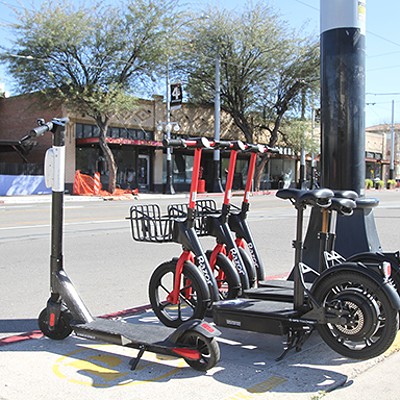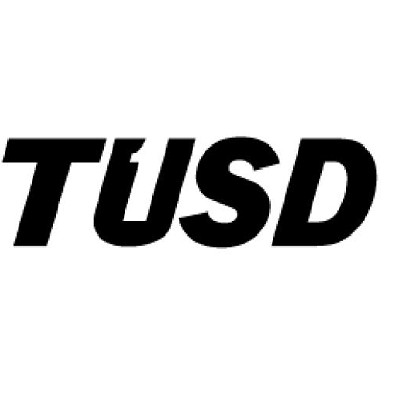The first big test of the new council will be next spring, when Walkup hopes to ask voters to approve a half-cent sales tax dedicated to transportation improvements, which is estimated to raise about $40 million a year.
It'll hardly be an easy sell. Voters rejected two previous attempts to pass a half-cent sales tax in 1986 and 1990. Squeezed by a dramatic lack of funds for transportation projects, Walkup is gambling that attitudes have changed.
The groundwork for the proposition is already being laid with "Let's Go, Tucson," a public-relations campaign asking residents to tell a committee of citizens what kind of transportation improvements they want. The committee is expected to make its recommendation next month to the council, which will then decide how to package the proposition.
The city's transportation department recently released the results of a poll conducted last month that shows voters are split over the city's transportation future.
If you listen to the spin from the morning daily, the survey of 400 people who had voted in the last city election shows that voters would approve a half-cent hike in the city sales tax, provided it was all spent on clearly defined projects that would be underway as soon as the money starts to roll in.
Under that condition, 26 percent of respondents said they'd definitely support a tax and another 41 percent said they'd "probably" support a sales tax. Think that 67 percent sounds good? Don't. It's a soft number that sales-tax proponents would be foolish to put too much faith in.
Six months ahead of the 1990 election that would have established a half-cent sales tax dedicated to transportation, a survey showed nearly two-thirds of voters in favor of the hike. By the time election day rolled around, those numbers had essentially reversed, with more than 60 percent voting against the proposal. (Incidentally, opponents of the tax used the poll numbers to strategize their campaign.)
Will it go the same way next May? With an economic downturn and a hard negative campaign, it sure could, especially if only one of four is definitely supporting it now.
The city's survey suggests that a sales tax is the least favorite method of paying for transportation improvements if voters are given a choice of options. The biggest support was for a gas tax, with 59 percent in favor and 36 percent opposed. The second preferred option was impact fees, with 48 percent in favor and 47 percent opposed. Coming in third was the half-cent sales tax, supported by 48 percent and opposed by 47 percent. (The sales tax numbers increased when conditions were imposed.)
But gas taxes can only be imposed at the state level, while impact fees are opposed by the Walkup administration and a majority of council members. So a sales tax is the only mainstream option available (and even though the citizen committee is supposed to consider all options, the sales tax is the only real alternative on the table).
The proposition's fate will depend on the eventual list of projects. City Manager James Keene has recommended that money be split between repairing existing streets and improving the bus system, with major road projects put off until the state increases transportation funding, perhaps through a higher gas tax. Recently re-elected Democratic Councilmember Steve Leal agrees with that plan, while Republicans Fred Ronstadt and Kathleen Dunbar have said they won't express a preference until the citizen committee makes its recommendation.
The survey also showed that Tucsonans are largely split over which direction they want transportation to go. The Star's article included a list of 10 preferences for transportation choices, from better law enforcement at the top to building a light rail system at the bottom.
But a closer look at the numbers and methodology shows all the alternatives are pretty close. Basically, voters were asked to rate the importance of different options on a scale of one to 10.
On that basis, better traffic enforcement drew the highest score, at 7.6--hardly surprising, given the number of crappy drivers on the street. The second preference, better maintenance of neighborhood streets and major roadways, drew a 7-point score. It was not statistically different from the next four options, including widening roads, installing more sidewalks and streetlights, providing better bus service and building freeways.
Trailing slightly behind those choices were engineering better drainage, constructing grade-separated intersections and building more bike paths. Pulling up the caboose was a light rail system, which drew a 5.5 rating.
Steve Farley, who is pushing for light rail in Tucson (see "Track Meet"), isn't too concerned by those numbers. He says the light-rail option isn't significantly behind freeways and better buses in popularity, which he finds encouraging, especially since his grassroots organization, Tucsonans for Sensible Transportation, just began advocating for rail earlier this summer.
















